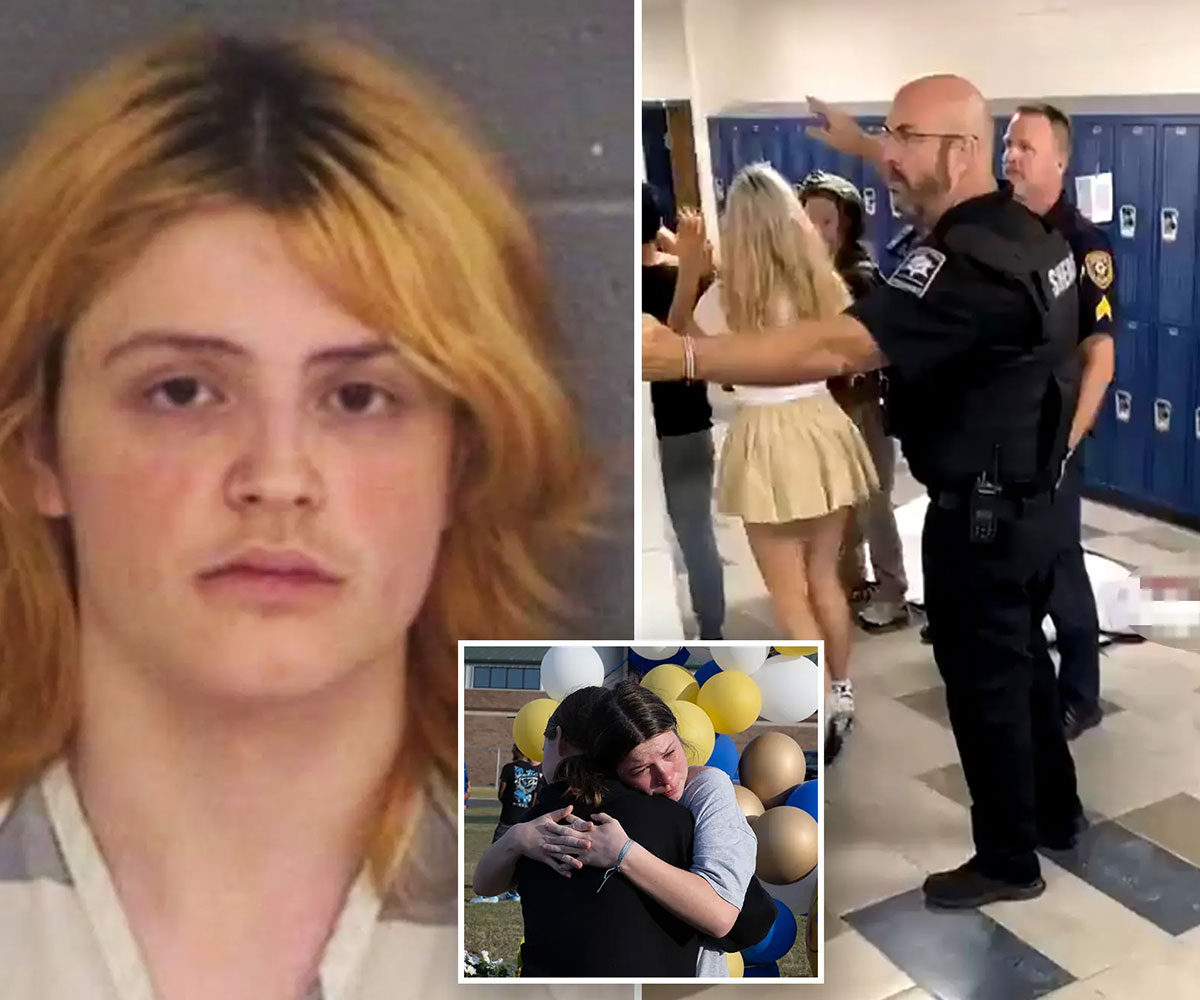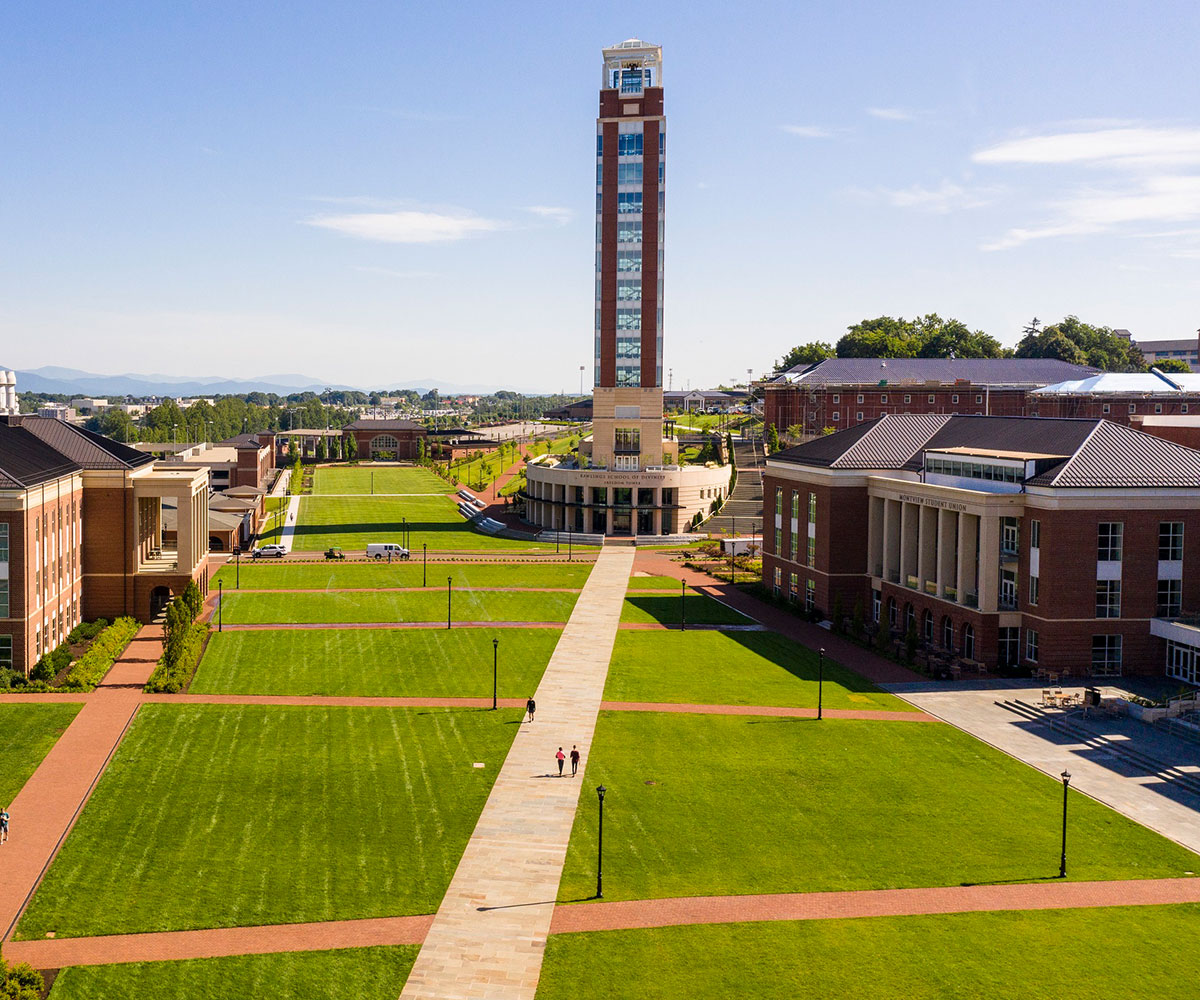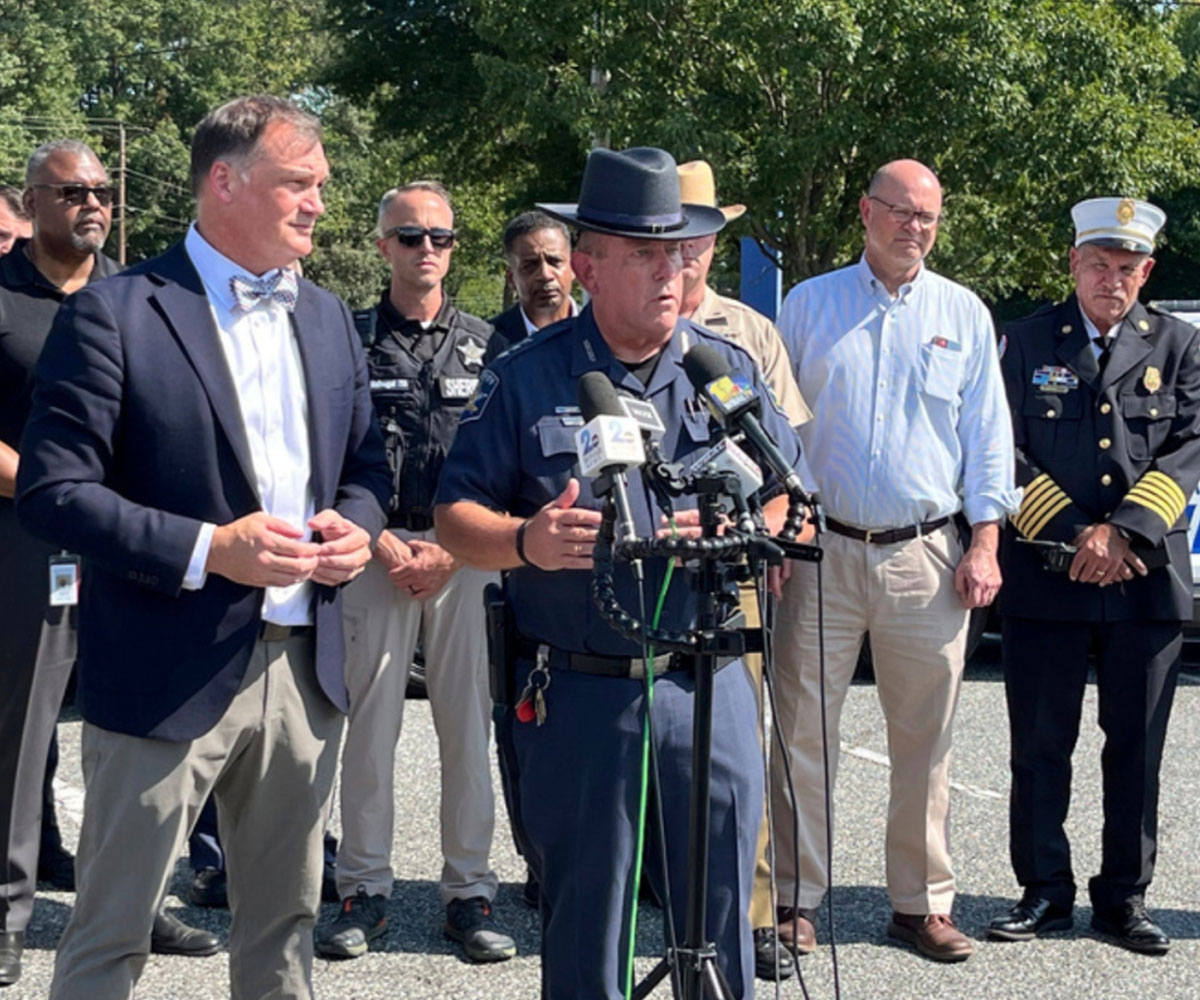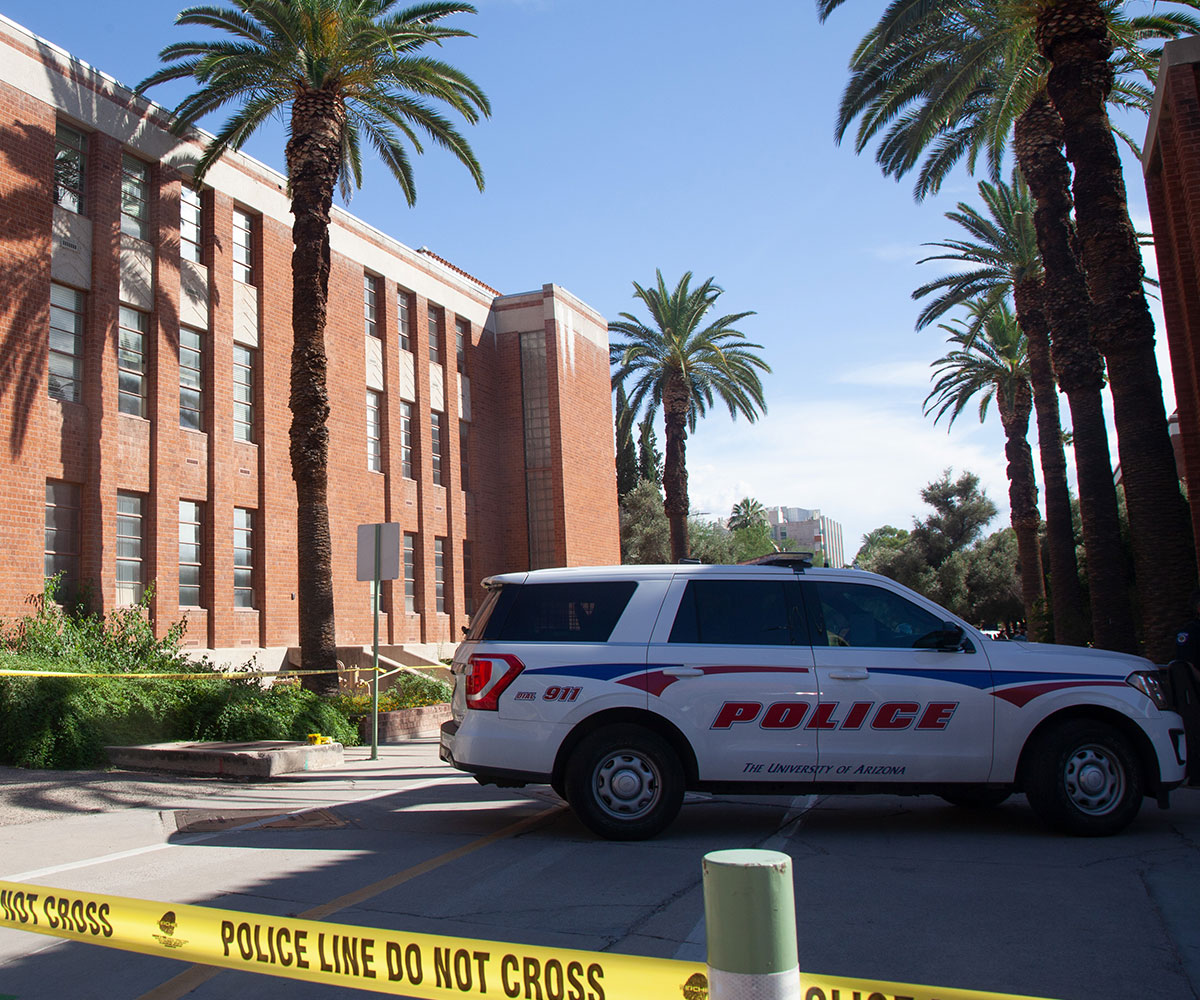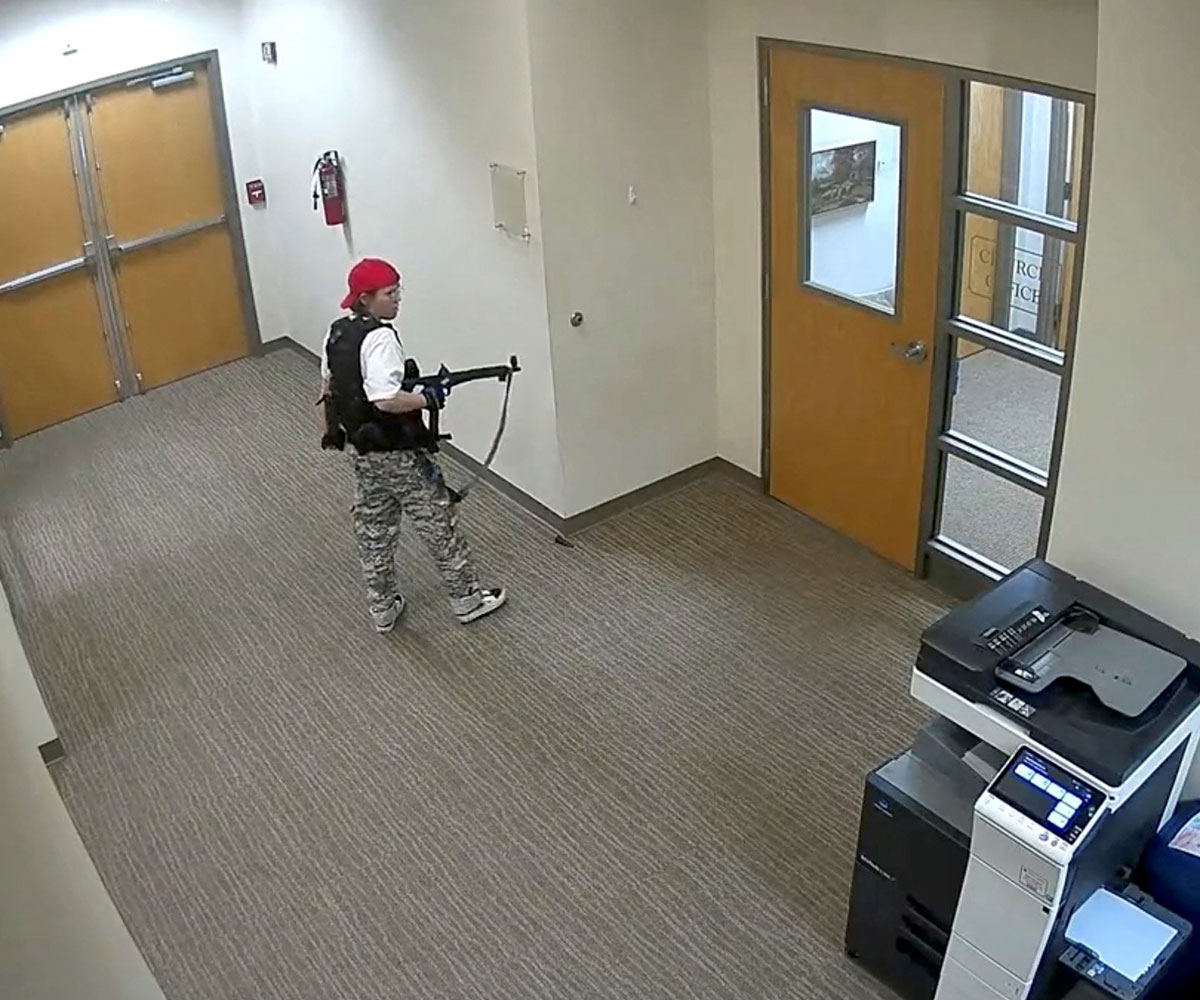Georgia’s state school superintendent says he wants the state to spend more money to guarantee security officers and wearable panic alert buttons after a school shooting killed four at Apalachee High School northeast of Atlanta.
Richard Woods, a Republican elected statewide, also said Monday that he wants to expand a state-sponsored program to provide mental health care to students and to better share information about threats among police, schools and other agencies.
“It is crucial that we redouble our efforts to secure our schools and protect every student in our state,” Woods said in a statement.
Woods is the second statewide leader to make proposals following the the Sept. 4 shooting at the high school in Winder. His ideas on expanding mental health care and information sharing mirror those voiced last week by Republican state House Speaker Jon Burns of Newington.
Gov. Brian Kemp has said he would review any proposals but said the investigation is still turning up new information. A spokesperson for Republican Lt. Gov Burt Jones said he is preparing a response.
Democrats have been slamming Republicans, arguing that the shooting is an outgrowth of the GOP loosening Georgia’s gun laws. Woods didn’t propose any changes to gun laws.
Teachers Richard Aspinwall, 39, and Cristina Irimie, 53, and students Mason Schermerhorn and Christian Angulo, both 14, died in the shooting. Nine others were injured — seven of them shot.
Investigators say the shooting was carried out by 14-year-old Colt Gray, who has been charged as an adult with four counts of murder. Authorities charged his 54-year-old father, Colin Gray, with second-degree murder, involuntary manslaughter and cruelty to children. Investigators allege Colin Gray gave his son access to a semiautomatic AR-15-style rifle when he knew the teen was a danger to himself and others.
Woods’ call for information sharing reflects the fact that Colt and his father were questioned in 2023 by a Jackson County sheriff’s deputy over an online post threatening a school shooting. Jackson County Sheriff Janis Mangum has said her office didn’t find enough evidence to bring charges. It’s unclear if Colt Gray’s earlier schools were notified about the threats.
The superintendent also said he wants to expand mental health care for students. The state’s voluntary Apex program steers students toward counseling. The program covered 540,000 of Georgia’s 1.75 million students in 2022-2023, about 31%.
The state budget that began July 1 includes more than $100 million in ongoing funding for school security, enough to provide $47,000 a year to each public school for safety. Kemp and others have said they want that money to pay for at least one security officer for each school, but local superintendents have said the cost for to pay for a school resource officer is significantly higher. Woods said he wants the state to spend more money specifically for school resource officers and alert systems, but didn’t specify how much.
Georgia Department of Education spokesperson Meghan Frick said Woods “hopes to engage in an open discussion with lawmakers and other partners to determine more specific details, including the specifics of APEX expansion and record-sharing.
Burns also said last week that he wants to examine ways to catch guns before they enter schools, increase penalties for threats against schools, and said House Republicans would again promote safe firearm storage using a tax credit.
State Democrats gained little traction on legislation that would have created a misdemeanor crime for negligently failing to secure firearms accessed by children. Rep. Michelle Au, a Johns Creek Democrat, has promised to bring back that proposal.
Article Source: APNews

